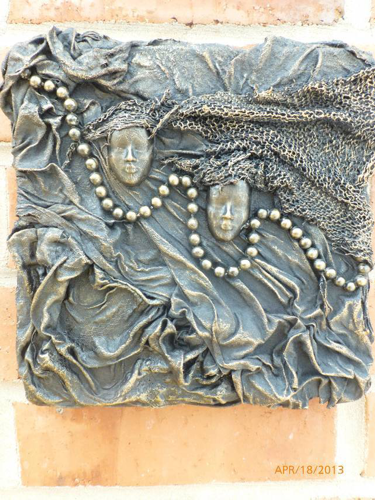***
While gamers eagerly await the release of Oculus Rift in July (you can preorder Oculus Rift DK2, a developer kit, now), problems have been identified with its use. Wagner James Au at New World Notes asks "Does Virtual Reality Literally Make Most Women Sick?." His article was based on another one "Is the Oculus Rift sexist?"According to Livescience "Men and Women Really Do See the World Differently." The report is based on research by Israel Abramov and others.
Today I'm looking at two candidates for VR (virtual reality)/AR (augmented reality) wearable consumer devices--Oculus Rift and CastAR. (There are others, such as Sony's CES2014.) From what I can gather Oculus Rift projects the images onto your eyes, while CastAR projects the images onto a screen in front of your eyes. Both are headsets. And both projects were presented on Kickstarter (and have been funded).
Here's the trailer for Oculus Rift:
***
***
And here's a video that explains the CastAR technology and contains elements of the Kickstarter video:
***
***
There's a much longer video about CastAR featuring developer Jeri Ellsworth that has some interesting details about how the project got started. You can also preorder the CastAR.
***
***
-- Marge



























_GrahamHay.png)














